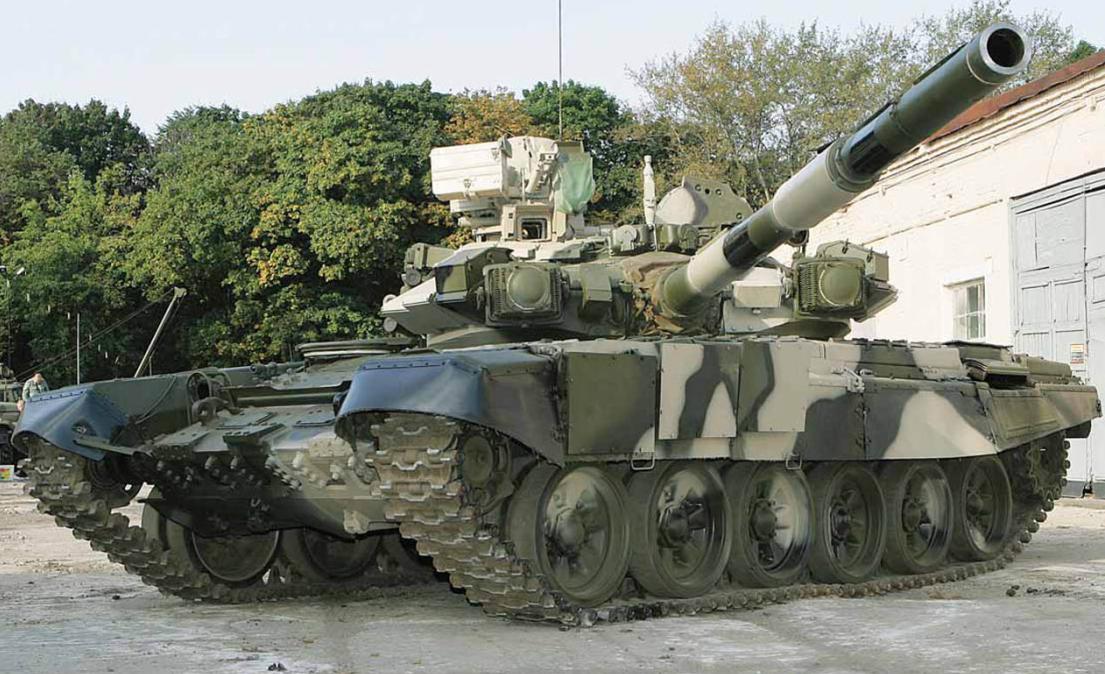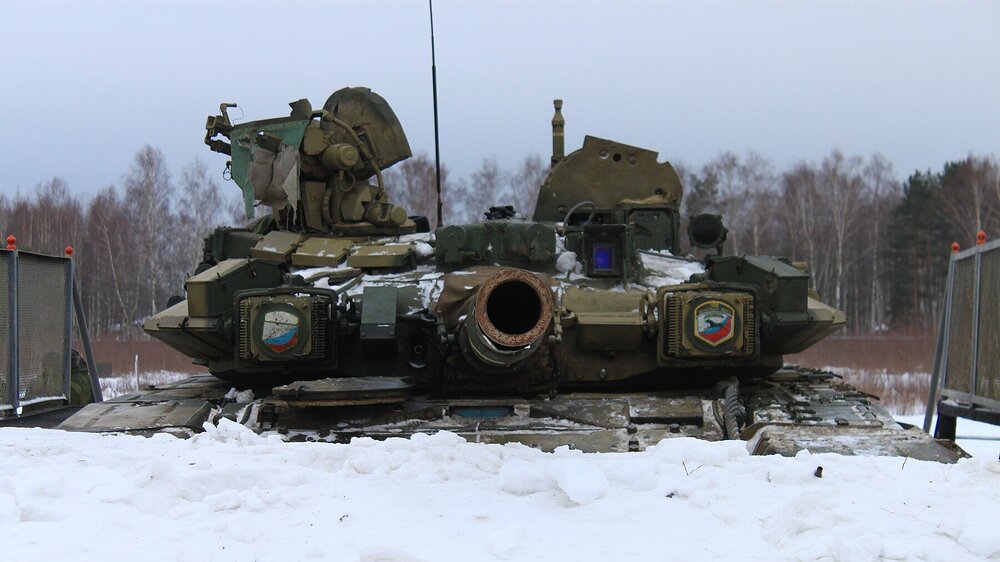- Yes
- No
Welcome to the suggestion for the T-90 obr. 1992! This is the earliest production variant of the T-90, and includes a few changes that differ from later models, especially the T-90A and T-90M we have in-game. Notably, it has a worse engine, and a cast turret. In War Thunder, this, combined with an older 125mm round such as 3BM42 and/or 3BM46, could make for a folder vehicle with the T-90. Naturally, due to the amount of tanks the USSR/Russian Federation have at the 10.x area, I don’t expect this to be a major priority, but I still think it would be a good addition down the road.
History
The Object 188 during testing in the area of Dorogobuzh, Smolensk region, 1989.By the late 1980s, the T-72B was starting to become obsolete compared to designs such as the Leopard 2 and M1 Abrams, not to mention the USSR’s own T-80U. While this issue was slightly rectified with the 1989 model of the T-72B, the fact remained that the vehicle’s onboard systems were not suited for modern combat. For one thing, the T-72B lacked an automated fire control system, using a comparatively simple 1A40-1 sight. It was decided by a resolution of the Council of Ministers of the USSR and Central Committee of the CPSU on June 19th, 1986 to create a replacement for the T-72 under the designation Object 188. Design work was to be carried out by UKBTM under the direction of Vladimir Potkin, who decided to base the new design on the T-72B chassis. The primary upgrades would be to the vehicle’s internal components, upgrading to a 1A45T fire control system, and notably adding what would make the vehicle famous, the Shtora-1 electro-optical active protection system.
By April of 1988, the first hulls had been produced, and in January of the following year, Object 188 was submitted for state testing. It was approved, and in subsequent months it underwent trials in Moscow, Kemerovo, and Dorogobuzh, as well as at Uralvagonzavod’s testing facility. Testing showed the vehicle’s reliability and worthiness for service, and on March 27th, 1991, it was recommended for adoption by the Ministry of Defense as the T-72BU. However, much like with other countries, Operation Desert Storm in 1991 forced tank designers in the USSR to take a look again at what a modern tank had to be comprised of. It didn’t help that in December of the same year, the USSR dissolved.
A T-90 of the 38th Research Institute shown for a Tanker’s Day celebration, Kubinka, August 8th, 2002.Following a visit by Boris Yeltsin to Uralvagonzavod in July of 1992, the newly founded Russian Federation continued work on the vehicle. Throughout September, improvements were made based on experience learned from Operation Desert Storm. As the vehicle reached its final stages of design, it was initially called T-88. However, on October 5th, 1992, by a resolution of the Council of Ministers of the Russian Federation No. 759-58, Object 188 was adopted by the Russian Ground Forces as the T-90. It was one of, if not the first designs put into service by the Russian Federation, even if for all intents and purposes it was an updated T-72B. Production began later that year, with 13 tanks produced by the start of 1993, with 120 made over the next 5 years, beginning again only due to export orders from India.
Since its entry into service, the T-90 has seen combat in Dagestan, the Syrian Civil War, the War in Ukraine, and the 2020 Nagorno-Karabakh War between Azerbaijan and Armenia. In the early 2000s, a modernization of the T-90, the T-90A, replaced the old turret with a welded one, added a more powerful 1,000 hp V-92S2 engine, and a second-generation Thales Catherine-FC thermal imaging sight. Further upgrades to the T-90 include the T-90M, as well as export specific models such as the T-90S and T-90MS. Since its inception, the T-90 arguably has not been as successful as the T-72 it was meant to replace, but has seen export to 8 countries, and is unlikely to disappear from conflicts anytime soon.
A T-90A at Engineering Technologies, June 27th, 2012.Specifications
- Crew: 3
- Length: 9.5 m
- Width: 2.2 m
- Height: 3.7 m
- Mass: 46 tons
- Main armament: 125mm 2A46M
- Main armament stored: 42 rounds total, 22 in autoloader
- Secondary armament: 7.62mm PKT machine gun & 12.7mm NSVT machine gun
- Engine: 840 hp V-84MS 12-cylinder diesel engine
- Power-to-weight ratio: 18.2 hp/t
- Maximum speed: 60 km/h
Sources
- Zaloga, Steven J. (2018). T-90 Standard Tank. Osprey Publishing Ltd.
- Основной боевой танк Т-90
- Основной боевой танк Т-90 (Россия) | Dogswar.ru - Стрелковое оружие, военная техника, вооружённые силы мира
- T-90 obr.1992 (Object 188) - Tank Encyclopedia




















